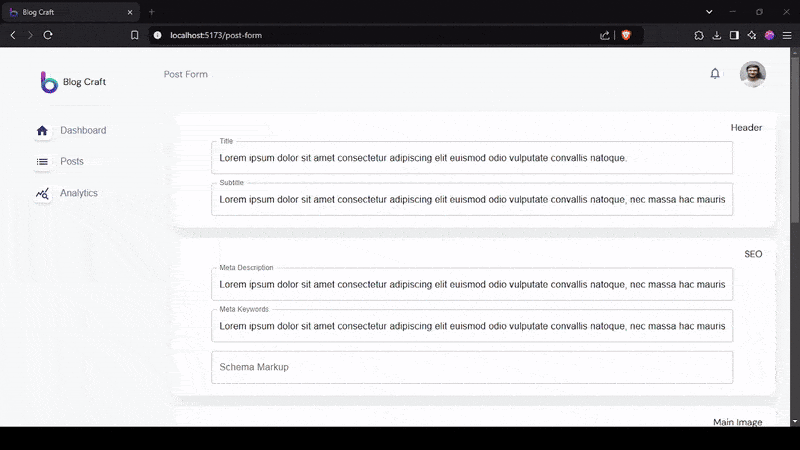How to Spot Transmission Fluid Leaks
It’s no small thing if fluid from your vehicles transmission starts to leak. This is a clear indication that its structural integrity has been compromised. One small leak can turn into a big repair.
Introduction
It’s no small thing if fluid from your vehicles transmission starts to leak. This is a clear indication that its structural integrity has been compromised. One small leak can turn into a big repair. Especially when it comes to transmission fluid leaks. Many drivers ignore the early signs. After tiny drip or a strange stain slipping gears are the next thing to witness. This leads to slow response & rough shifting. Suddenly you’re stuck with a failing transmission. And the cost isn't pretty.
With this guide, you will know all the important factors there are. What you need to know, where to look & what to check. Catching the leak early saves money. It keeps your car running smooth & keeps you in control.
What Transmission Fluid Does
1. Transmission fluid keeps everything cool and smooth. All the parts get lubrication due to this liquid. It prevents wear & transfers power. All the pressure is controlled and channeled by this part alone.
2. When fluid runs low, parts heat up. Their grinding becomes more severe due to this. The system starts to slip. That’s when the damage begins. A steady leak, even a small one, throws everything off. The longer you drive without enough fluid, the worse it gets. That’s why transmission fluid leaks matter. They can kill your transmission completely, if you ignore them.
Common Signs of a Transmission Fluid Leak
1. You may notice a few things before it gets serious. Like a red or brown spot under the car after parking. That’s a classic sign.
2. Shifting might start to feel slow and delayed. Or not smooth enough, as a driver you can feel the difference easily. That’s the fluid not doing its job.
3. You might hear a whine or a buzz when the car is in gear. This is different than usual sounds. That’s another warning.
4. Sometimes, the car just doesn't move like it used to. That sluggish feel comes from low transmission pressure. Looks unusual, but this can also happen due to a leak
5. A burning smell can also mean trouble. Leaked fluid on a hot surface starts to smoke. That smell is a red flag.

Where to Look for Leaks -Key Trouble Spots
1. Start under the car, Check the ground for wet spots. You don’t need no further proof after this.
2. Next, look around the transmission pan. That’s one of the most common places. The gasket wears out and bolts get loose, hence fluid escapes.
3. Check the cooling lines for any cracks or cuts. These carry fluid to the radiator to cool it down. Cracks or rust can cause leaks here.
4. Look at the axle seals. This is where the axles enter the transmission. These seals crack with age and time.
5. The input and output shaft seals are also weak points. They wear down over time. That’s where leaks can sneak in.
6. Don’t forget to check near the dipstick housing. That seal can leak, too.
How to Confirm It’s Transmission Fluid & Not Oil or Coolant
1. You need to be sure, not every puddle is transmission fluid. It can easily be confused with oil or coolant. Wrong identification can lead to wasted time and effort.
2. Transmission fluid is usually red or pink. Sometimes brown if it’s old. Motor oil is darker & thick. Yellow-green or orange liquid is coolant.
3. You can also recognize it with its smell also. Transmission fluid has a slightly sweet scent. Oil smells more burnt. Coolant like maple syrup and has a sharp smell.
4. Touch it, transmission fluid feels slick. Oil feels heavier. Coolant feels watery and sticky.
5. If you see red or pink fluid near the transmission, it’s likely a transmission fluid leaked from somewhere.
DIY Checks for Suspicious Leaks
1. Park your car on a flat surface. Let it sit overnight. In the morning, check for spots. Putting Cardboard under the car helps spot the leak.
2. Open the hood & pull the transmission dipstick. Look at the level and color. if the vehicle is not being used much, and the fluid level are still low, this means a leak is there.
3. Check the underside with a flashlight. Look at the pan, the lines, and the seals. Wet spots mean you’ve found the source.
4. Tighten any loose bolts around the pan. Sometimes that’s all it takes to slow/stop the leak.
Temporary Fixes vs. Professional Repairs
1. A leak stop additive can help. It swells seals and slows small leaks. It won’t fix everything. But it might buy time.
2. You can also try tightening the pan bolts or replacing the gasket. If you’re handy, it’s doable.
3. But if the leak comes from a cooler line, axle seal, or internal seal, don’t guess. That’s pro territory. The wrong move can make it worse.
Also, if you keep refilling fluid but the leak keeps growing, stop. That means real damage is coming. Let a mechanic check it.
How to Prevent Future Leaks
1. Routine checks help. Look under your car often. Check the fluid level every few weeks.
2. Replace fluid on schedule. Old fluid gets dirty and loses it lubricity. Due to which seals gets broken.
3. Avoid overheating the transmission. Don’t tow too heavy. Don’t ride the brakes on hills. Keep speeds steady.
4. Use the right type of fluid. Always. Mixing fluids can damage seals and cause leaks.
5. Get your transmission serviced by pros. They can spot early signs of wear. They can fix small things before they turn major.
Conclusion
Transmission fluid leaks are no joke. They start small. But they grow fast. They break down your transmission from the inside out. Watch for the stains. Check the fluid. Try and identify it by touch and smell. Look under the car. Check the pan.
Vehicles from different are prone to these issues. They are not specific for a particular car brand. You can spot the signs early. You can find the source. You can stop it before the damage starts. But if you are in need for a replacement for your transmission, go for carengineguru.com. Their inventory of transmissions is among top online sellers. No matter which brands vehicle you have, you can surely find a perfect match. Look for you desired used transmission here.




























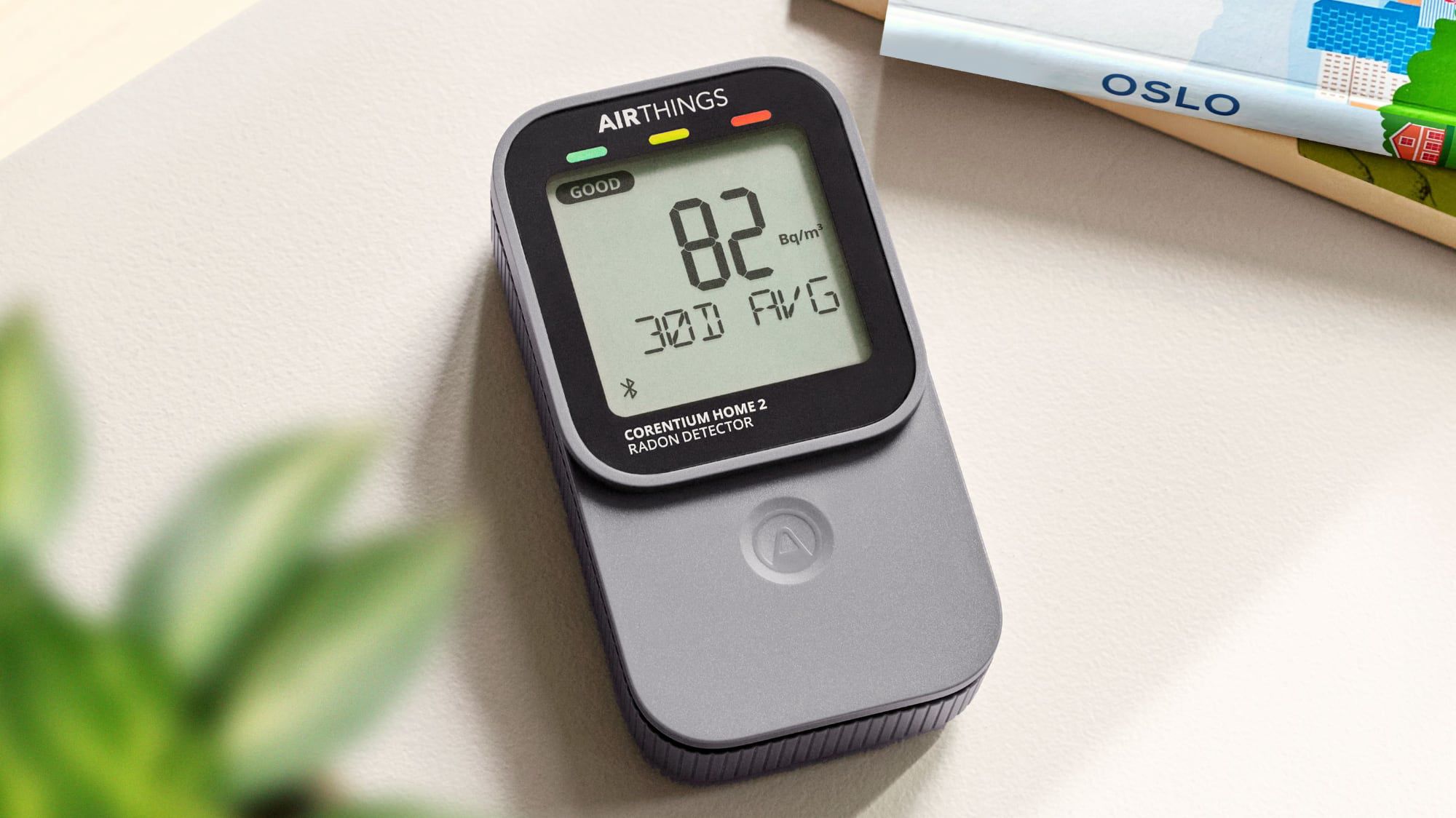














































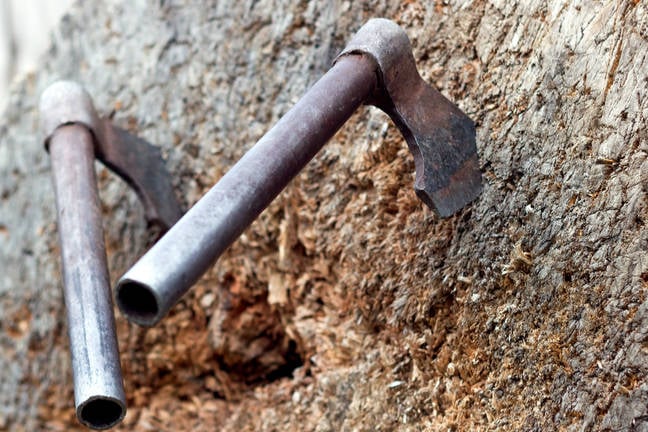

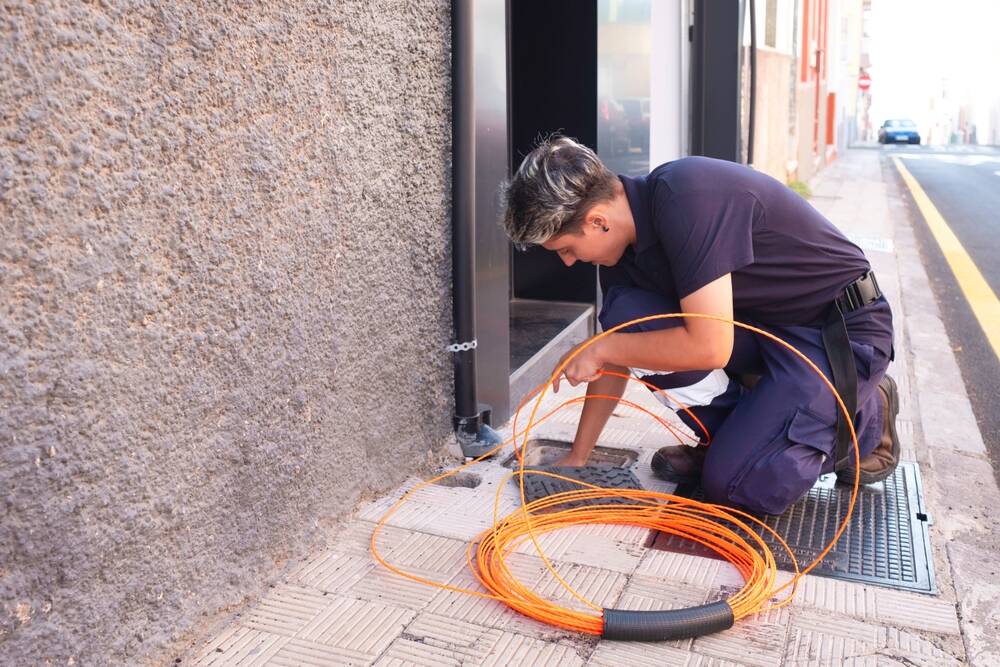











![Samsung teases Galaxy Z Fold 7 with an absolutely bizarre ‘Ultra experience’ [Video]](https://i0.wp.com/9to5google.com/wp-content/uploads/sites/4/2025/06/galaxy-z-fold-7-teaser-1.jpg?resize=1200%2C628&quality=82&strip=all&ssl=1)
















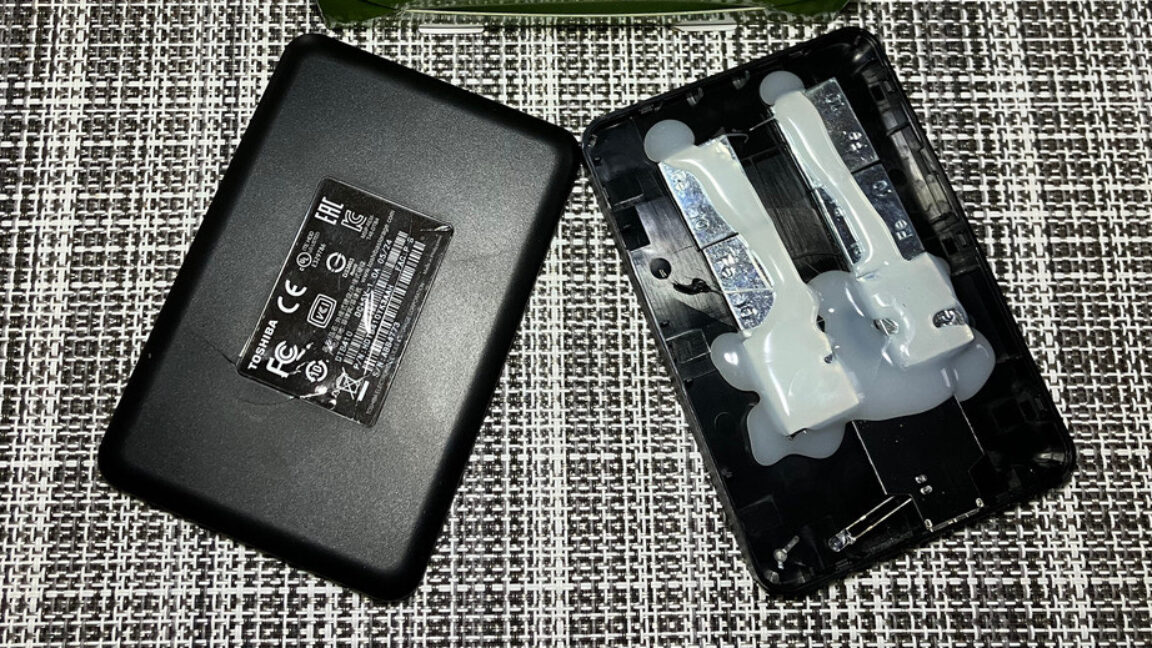

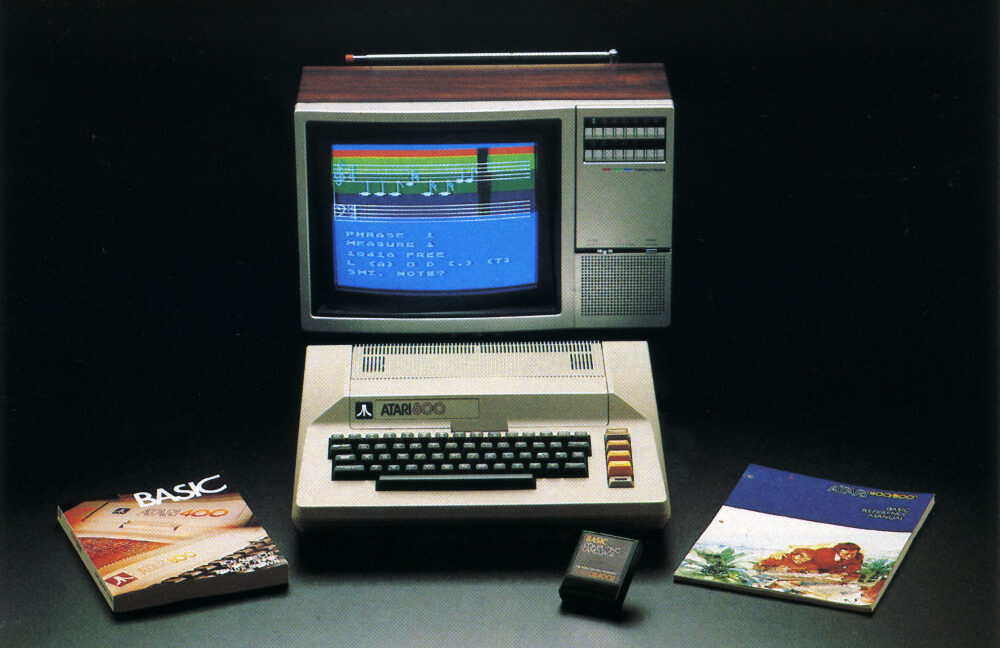






























































































































































































![[The AI Show Episode 151]: Anthropic CEO: AI Will Destroy 50% of Entry-Level Jobs, Veo 3’s Scary Lifelike Videos, Meta Aims to Fully Automate Ads & Perplexity’s Burning Cash](https://www.marketingaiinstitute.com/hubfs/ep%20151%20cover.png)





























































































































































